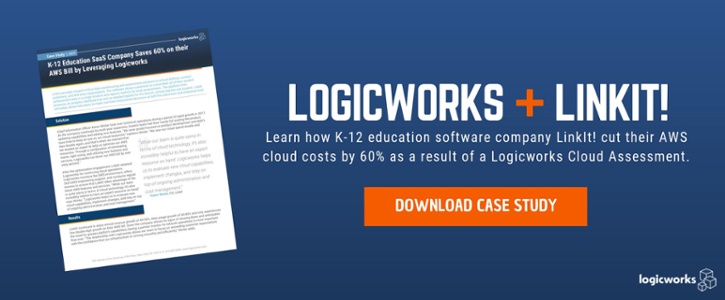When Amazon launched Aurora in 2014, it was presented as a clear challenge to giants in the $34 billion database market.
Today it is Amazon’s fastest-growing product and has already surpassed the growth of Amazon Redshift, which is saying something. Customers of the service are among Amazon’s largest and loudest advocates. Since the start of 2016, roughly 7,000 databases have been migrated to AWS Aurora — and the rate of adoption has tripled since March 2016.
Why is Aurora gaining popularity? As we have come to expect from Amazon, Aurora provides enterprises with the performance and reliability of a commercial product at a fraction of the cost of Oracle or IBM. Amazon has also made consistent efforts to reduce the effort of database migration with services like AWS Database Migration Service.
First and foremost, migration to Aurora is about cost: companies want to get out of expensive database licenses. But the popularity of Aurora is also a sign of rising interest in Amazon’s fully-managed tools — overcoming fears that using native AWS tools equates to vendor lock-in.
Traditionally, vendor lock-in worries would cause a company to use only “basic” services in order to make Amazon easy to leave. But It appears that these fears are being eclipsed by a desire to reduce IT management. In other words, the value of a managed or automated approach far outweighs the potential effort of migrating out of that service for a (hypothetical) future transition.
Zynga began with this “tentative” approach to adopting AWS, but now realizes that the value of AWS is not cheap compute — it is reduced infrastructure maintenance. Zynga is infamous for migrating to AWS, then deciding to migrate back to on-premises cloud, then returning to AWS in 2015. This time around, Zynga decided their goal was not just to reduce bottom-line costs, but to be smarter about putting engineering resources towards applications, not infrastructure.
“As we migrated from our own private cloud to AWS in 2015, one of the main objectives was to reduce the operational burden on our engineers by embracing the many managed services AWS offered,” said Chris Broglie of Zynga on the AWS blog. “Before Aurora we would have had to either get a DBA online to manually provision, replicate, and failover to a larger instance, or try to ship a code hotfix to reduce the load on the database. Manual changes are always slower and riskier, so Aurora’s automation is a great addition to our ops toolbox.”
The adoption rate of Aurora and Redshift seem to indicate that Zynga is not the only company willing to purchase higher-level service offerings from Amazon. Anecdotally, the team at Logicworks has also seen growing interest in Aurora and other services like Redshift and RDS.
Changing your database schema has traditionally been difficult and expensive. Early adopters of the cloud usually just want to get their databases running on Amazon EC2 — choosing speed and ease of migration over long-term licensing cost savings. As cloud adoption matures, expect more companies to make a (slow) migration over to cloud-native systems. Because in the end, it is not just about licensing costs. It is about removing management burden from IT — and choosing to focus engineering talent on what really matters.


No Comments